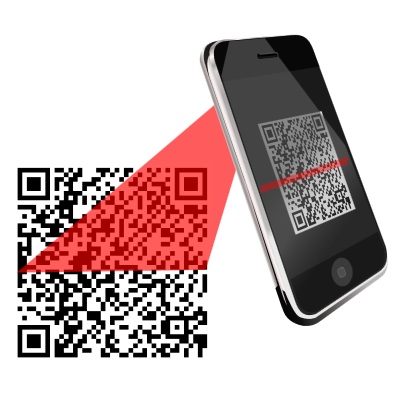 Online sales expected to jump as Christmas draws near, according to eCommerce Websites
Online sales expected to jump as Christmas draws near, according to eCommerce Websites
Online sales are expected to see a significant jump in the days leading up to Christmas, according to research from eCommerce Websites, an e-commerce website development firm. The firm notes that it has been seeing a spike in the number of consumers that are using online mediums to purchase products. eCommerce Website draws on information from a recent PayPal study that shows that online sales throughout the world accounted for more than $1.2 trillion during 2012.
Consumers show interest in online shopping
eCommerce Websites suggests that businesses, both large and small, prepare to see higher online traffic as the holidays draw closer. While many consumers have finished their holiday shopping, taking advantage of the major deals that were offered by retailers during the Thanksgiving shopping weekend, many more tend to wait until the very last minute in order to purchase gifts for their loved ones. Online mediums are perfectly suited to meet the needs of these consumers by providing them a way to get through the last of their holiday shopping without having to compete with crowds.
E-commerce platforms must be bolstered to meet consumer demands
In order to better accommodate consumers, eCommerce Websites suggests that businesses bolster their e-commerce sites. During the Thanksgiving shopping weekend, many e-commerce sites from some of the world’s largest retailers experienced problems because of the massive level of traffic they experienced. This traffic caused slow-downs on several e-commerce platforms, leading to complaints from consumers who were keen on buying products that they were interested in. eCommerce Websites notes that having a capable e-commerce platform is necessary for businesses to take advantage of the growing number of mobile consumers.
Mobile commerce may see further growth during Christmas
The holiday season is still in full swing and that could be good news for mobile commerce. Thanksgiving, Black Friday, and Cyber Monday have all proven to be popular holidays for mobile commerce. Christmas is expected to see similar results, with a huge number of consumers expected to use their mobile devices to purchase gifts for themselves and for loved ones.

 Tiny, microscopic particles make up invisible labels to track and prevent counterfeit products.
Tiny, microscopic particles make up invisible labels to track and prevent counterfeit products.